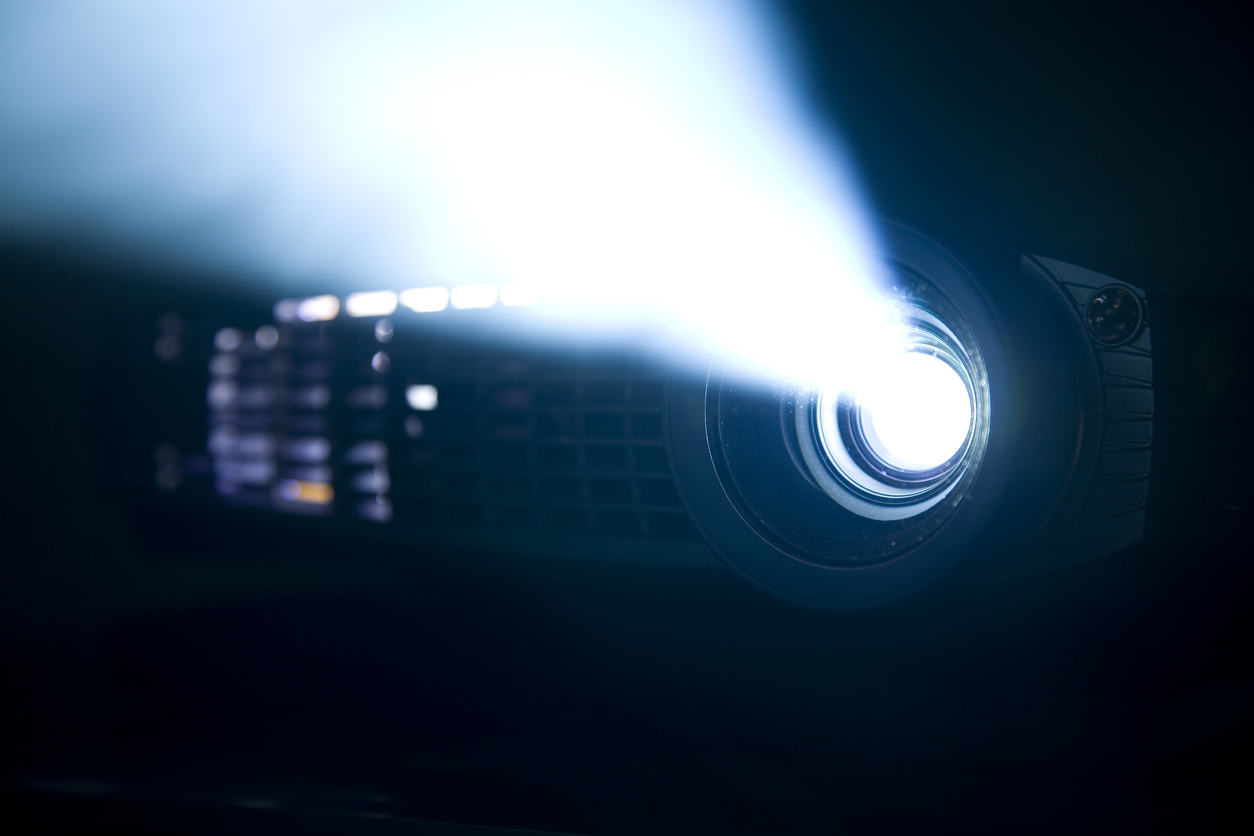When it Comes to Top AV Tech, Educators LED the Way
The term LED has been bouncing around, lighting up marketing-speak for some time.

The term LED has been bouncing around, lighting up marketing-speak for some time. There is understandable confusion with the wealth of new tech— display and TV companies seem to tout a new “better” system every year; OLED, QLED, 4K, 8K… It can be tough to get a clear picture on the benefits for the classroom. When it comes to EdTech, Laser, light-emitting diode (LED), and a hybrid combination of both as an illumination source is a solid way to go.
But I’ve heard LCD is tops, and what about the latest DLP options? DLP (digital light processing) and LCD (liquid crystal displays) projectors merely refer to projection technology, while the LED term denotes a specific light source. In fact, Laser and LED projectors may use DLP or LCD technology, with an upgraded angle. Unlike a traditional lamp driven DLP or LCD, LED projectors are highly efficient. They typically use 30% to 50% less power, which can substantially reduce your monthly electricity bills, a safer experience (mercury-free is a great perk in tech primarily used in a room full of kids), and serious maintenance and energy savings.
LED’s high efficiency helps to substantially increase lamp life. Forget the 1,000-5,000 hour lamp life of traditional projectors, LED projectors hit upwards of 20,000 hours. And many projectors offer a LED/Laser hybrid which can be LampLess —not only increasing the life of the tech, but cutting back in maintenance hassles and worries about replacement costs for the budget and lost teaching time. These click to life without the waste of lengthy warm up and cool down periods, and they’ll be no sinking “pop” to unexpectedly derail a lesson plan.
While Laser and LED light source projectors offer a top-level experience, the bottom line on these options vary from incredibly inexpensive to budget busting. Factors affecting cost include black levels, projection size, motion blur, color accuracy, input connections (type and number), and audio. However, across the board there is a distinct cost savings in both the maintenance overhead (up to nine conventional mercury-vapor lamps would have been required for up to 20,000 hours of use) as well as lower utilities thanks to energy efficiency.
Obviously, when educating future generations, decision making is far more involved than simply looking at a price tag. Total cost of ownership calculators offer an in-depth look at financial considerations between models or projector companies, but the costs to the environment and responsible business practices make the water slightly more muddy. Luckily, an international third party organization was formed to ensure that the manufacture, use and recycling of IT products reflect environmental, social and economic responsibility. Every model earning the prestigious TCO Certification is verified by an accredited independent test laboratory. The added eco-perks from hybrid and LED projectors was one of the key factors involved in designating a number of Epson models, and the entire line of Casio Superior and Casio Advanced LampFree Projectors, TCO Certified.
Tools and ideas to transform education. Sign up below.
Sascha has nearly two decades of experience as a freelance journalist writing for national magazines, including The Washington Post, LA Times, Christian Science Monitor, National Geographic Traveler, and others. She writes about education, travel and culinary topics.

